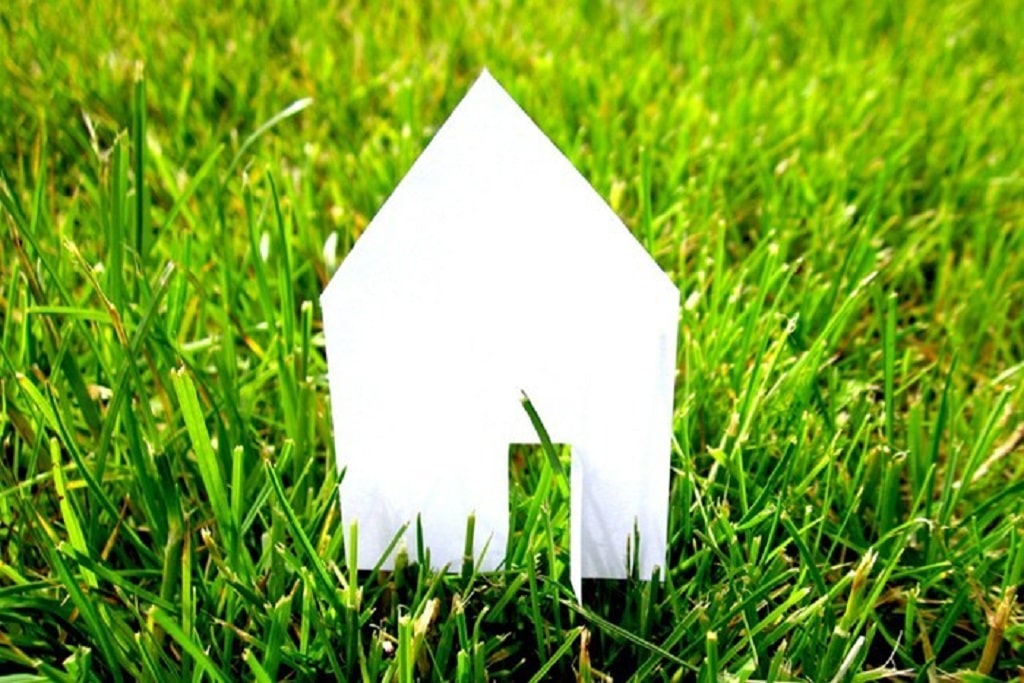
Sustainable Trends In Home Renovation & Design
Sustainable Trends In Home Renovation & Design
- posted on: April 26, 2019
- posted by: 21 Acres
"*" indicates required fields

Sustainability has become a trend in home renovation and design, but which aspects of it are trending in the green building niche right now?
21 Acres is pleased to partner with EarthTalk and the editors of E–The Environmental Magazine to bring you information and resources for greener living! The following article by Sam Bowman explores sustainable trends in home renovation and design.
Visit 21 Acres on Saturday, May 4th, for a Green Home Tour and learn more about sustainable building practices!

Sustainable Trends In Home Renovation & Design
By Sam Bowman
Sustainability has become a trend in home renovation and design, but which aspects of it are trending in the green building niche right now? As more people become passionate about eco-friendly living, sustainable innovations grow and become more accessible for anyone looking to create a greener house for themselves. When considering sustainability, trending items are not just about what is fashionable; it’s also about which are doing the most for the environment.
Choosing materials for a home renovation should be as much about sourcing domestic items as much as it is about prioritizing materials that are sustainable. Because so much waste is created in demolishing structures, repurposing items can help recycle and create less waste. It’s also becoming more popular to renovate to reduce the environmental impact of daily life. Finally, there are many trends in home design that are taking sustainability to another level.
Prioritizing Sustainable Materials
When completing a home renovation, it’s important to consider the type of materials that are going into your home. This is less about fashion and more about using eco-friendly materials. Sustainable materials are repurposed, easily recycled, non-toxic, and/or natural.
Things like wood, cork, steel, and bamboo are examples of sustainable materials. If you get them refurbished, even better. Alternatively, many prefabricated homes are made from steel or recycled plastic and tend to create less waste than a traditionally built home. Prioritizing sustainable materials is a trending topic in home design due to its effect on reducing waste.
Sourcing Domestic Materials
There are many international materials used to build homes that are preferred due to affordability (often the product of low labor costs) or high quality, like Italian marble. However, sourcing local materials is a popular choice to help reduce the carbon footprint of building materials.
International items require a lot of air, sea, or ground transportation that create carbon emissions, which are harmful to the environment. International economic development is being affected by global warming in a number of ways. Reducing the sourcing of international building materials is an important aspect in sustainability around the globe. By purchasing domestic materials, local economies are benefiting and carbon emissions are lowered.
Repurposing Items
Repurposing an item saves it from sitting in a landfill. This trend in home renovation doubles as a sustainable choice and a fashionable one; many repurposed items carry a vintage appeal that can turn a space into something special. New cabinets, flooring, and walls created with domestic, sustainable materials is great, but so is finding an old item and reusing it. Some green home renovations can seem expensive, but repurposing is a way to help lower costs.
In addition to that, make sure you’re deconstructing your home during a renovation instead of demolishing it. This ensures that some materials in your home can be repurposed instead of being thrown out as waste. You can sell or donate your deconstructed items and help another person make a sustainable choice by upcycling them.
Renovating for Sustainability
People make renovations for many reasons. Some would like to update their space, some want a new look, and others may be fixing something that is damaged. However, renovations centered around sustainability are becoming a popular trend. The perks that go with an eco-friendly renovation include helping the environment, saving money, and improving a home’s resale potential. Renovating for sustainability involves finding the environmental concerns in your home and working to remedy them.
Some common renovations involve upgrading appliances. Not only should you find Energy Star-rated appliances that focus on energy efficiency, you should also do research on the best appliances for you. Some of the best water-efficient toilets and showers have different settings and designs depending on your preferences and water use in your home. Other common upgrades include added insulation, upgraded windows, and replacing light fixtures.
Sustainable Home Design
Some trending home designs are more extreme than others. In the world of eco-friendly homes, some are created for the sole purpose of being environmentally conscious. Though these options involve a specific look, a more expensive upgrade, a lifestyle change, or a larger renovation, they are trending in their environmental impact.
Living Walls: Living walls and roofs involve installing live plants into the structure of your home. Not only is this renovation a statement in your home in terms of design, it is also highly sustainable and improves air quality. It can also work as a form of insulation. Green living itself can make a person happier, and having a living wall with plants and flowers can help to improve mood and wellness even more.
Smart Homes: Smart homes involve implementing technology within your home to help you pursue a more sustainable life. Smart home technology can track how much water your bathroom is using or if there are leaks, which can help you to make more efficient choices with your sink, toilet, and shower. It can track how much power you use, make it easier to turn off lights, and automate your thermostat.
Tiny Homes: Living in a tiny home is a lifestyle change. It’s not easy to go from an average living space to one that is so small. However, there’s no denying how environmentally friendly a tiny home can be. In fact, sustainability is the reason many people choose to live in a tiny home. Their small size means that they naturally use much less water, gas, and electricity.
Solar Panels: Solar energy is a renewable resource that can reduce the energy use of a household astronomically. Installing solar panels can be expensive and involve a larger renovation, but the end result is a home that is powered almost entirely on solar energy.
The sustainable trends in home renovation and design are some of the most effective and state of the art options in green home building. Many environmentalists may be attracted to the super sustainable designs that elevate their environmental consciousness, but many of these trending options in green home design are easily attained by anyone looking to implement green living into their renovation decisions.
Making sure your materials are sustainable, locally sourced, or repurposed can turn any renovation into one that helps the environment. Completing renovation specifically to improve your home’s sustainability is also a great way to reduce your carbon footprint. When sustainability is trending in any industry, everybody wins — and sustainable home design is no different.
Come visit us at 21 Acres and we’d be glad to talk about topics such as this. We love sharing ideas and resources, including how we make wise choices in purchasing food and other products.
Our Green Directory is a great resource for identifying a wide variety of environmentally-friendly products and businesses. For more information about companies related to sustainable building peruse the directory’s Building & Housing section.










 back to blog overview
back to blog overview








